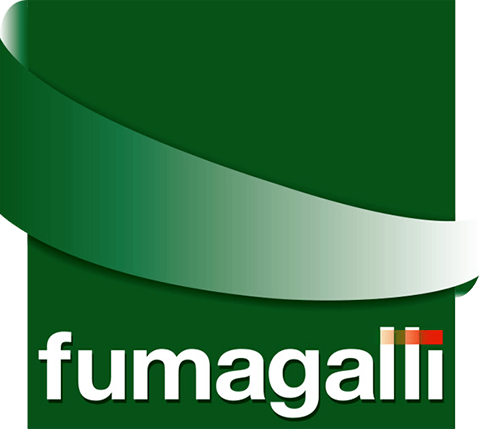
Cooked or uncooked, whole or sliced: here are some considerations to make when discussing cured meat conservation.
“Free water is the perfect environment for microorganisms to multiply, so the less free water there is, the longer the life of the product”. This is the first consideration made by Guglielmo Scandolara, Quality Manager at Fumagalli Salumi, who we asked to shed some light and dispel our doubts about the correct way of conserving cured meats. Uncooked products contain less free water due to the curing process which reduces the amount of water, creating an environment that is less prone to the proliferation of bacteria that can degrade cured meats.
There is more free water, as well as sugars and nutrients, in cooked meats, giving them a shorter shelf life, especially sliced products. Whole cooked meats undergo pasteurisation, killing the microorganisms on their surface. High-pressure packaging is becoming more and more popular when slicing products for trays, as it involves a kind of cold “pasteurisation” which prolongs the product’s DMD (date of minimum durability) and helps kill potentially harmful elements caused by environmental contamination. Sliced meat has a shorter life than whole cured meat because the area exposed to contamination is larger and, consequently, the risk of spoiling is greater. What should we do at home? First of all, cured meats should be kept in the fridge; the door should never be left open for too long and all products must be covered because fridges contain many other foods which are a potential source of microorganisms (such as cheese, vegetables, meat and fruit) and can lead to indirect contamination. People often ask if cured meats can be frozen. They can be stored in the freezer but the proper form of “cold” conservation is deep freezing. This is not always very practical in our homes because it involves a high-speed cooling process which household freezers are unequipped to cope with. Another option is to store whole dry-cured hams and salami in the cellar where they can be conserved naturally in the air and are not vacuum-packed. But don’t forget that the curing process continues during this time, so it is important to ensure the temperature and humidity are within the correct ranges; humidity is particularly critical because if there is too little, the meat can dry out and if there is too much, excessive mould can develop. Without forgetting that the product you have bought has already been cured and is ready to be eaten, so there is no need for further curing.
As with other foods, there is an optimal time to eat cured meats and longer curing does not always equate to better quality.
In conclusion, if we protect the exposed parts of our cured meats from the air and other contaminants, and store them at the right temperature, our hams and salami will stay healthier for longer. The golden rule is to buy only the amount you need, so you can enjoy a top-quality product and avoid pointless waste.
